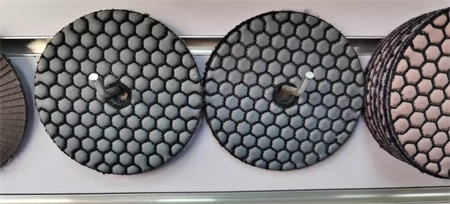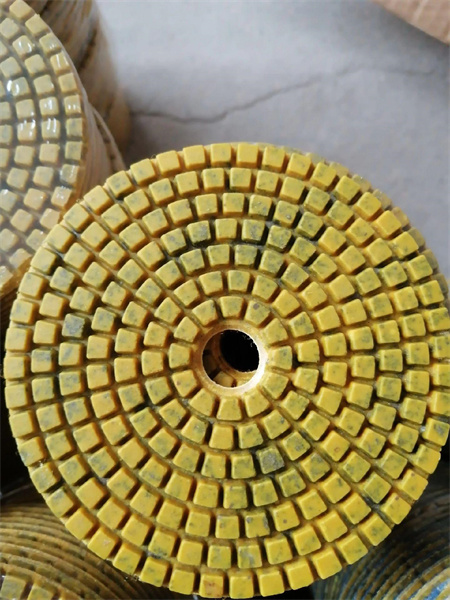Polishing Pads in Public Monument Maintenance

Maintaining a public monument goes beyond just cleaning the surface. The materials used in construction—stone, marble, granite, or bronze—require specific care, as they can be easily damaged if not treated properly. Polishing is not merely about restoring shine; it’s about preserving the monument’s original appearance and ensuring that its features remain intact. Here, polishing pads come into play, offering a combination of precision and versatility that’s vital in the upkeep of these cherished structures.
Polishing pads are specially designed abrasives, typically made from foam, felt, or fabric, which work effectively on a variety of surfaces. These pads are used with polishing machines to remove dirt, grime, and stains, smooth out rough spots, and restore the monument’s surface to its original texture. The materials used for polishing pads are selected based on their ability to work with the monument’s surface without causing damage. For instance, felt pads are gentle enough for soft stones, while foam pads can handle harder surfaces like granite.
One of the most significant advantages of using polishing pads is the ability to achieve a high level of precision. Monuments often feature intricate carvings, delicate details, or engraved inscriptions that demand careful attention. Polishing pads, especially when paired with machines that control speed and pressure, allow workers to delicately polish these features without compromising their integrity. The result is not just a shiny surface but a careful restoration of the monument’s original artistic and architectural details.
The use of polishing pads also contributes significantly to the longevity of public monuments. Over the years, weathering and environmental factors can lead to the accumulation of pollutants, algae, or even graffiti on monuments. Traditional cleaning methods might involve harsh chemicals that can further damage the surface. In contrast, polishing pads, when used with water or specially formulated cleaning solutions, provide a gentler, more effective approach. By carefully buffing away layers of dirt and contaminants, they help to protect the monument’s surface from further degradation, thus extending its lifespan.


Using polishing pads also brings with it a sense of environmental responsibility. Unlike some more aggressive cleaning techniques that might involve harmful solvents or abrasive tools, the gentler nature of polishing pads means less damage to the surrounding environment. Moreover, their reusable nature makes them a more sustainable choice for cleaning and maintaining monuments.
For many, the process of restoring a monument with polishing pads is a delicate, almost ceremonial endeavor. It’s not just about cleaning; it’s about maintaining a connection to the past, ensuring that the monument continues to stand as a reminder of the values and history it represents. Whether it’s a towering statue, a memorial plaque, or an intricate fountain, the use of polishing pads ensures that these iconic structures will continue to shine—literally and figuratively—well into the future.
In the world of public monument maintenance, polishing pads might seem like a small detail, but their impact is immense. They help to ensure that the grandeur of these historical treasures endures, not just for a few years, but for generations to come. The next time you pass by a statue or memorial, take a moment to appreciate the subtle but vital role that these seemingly simple tools play in preserving our shared heritage.